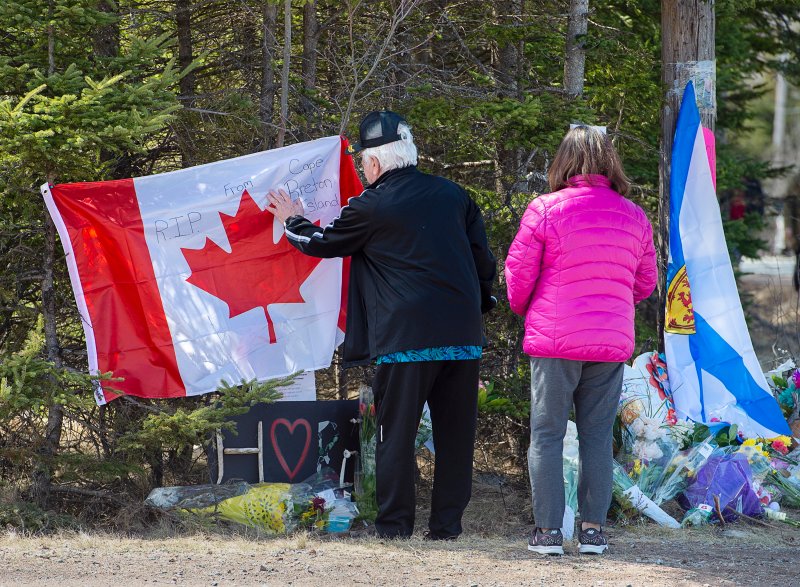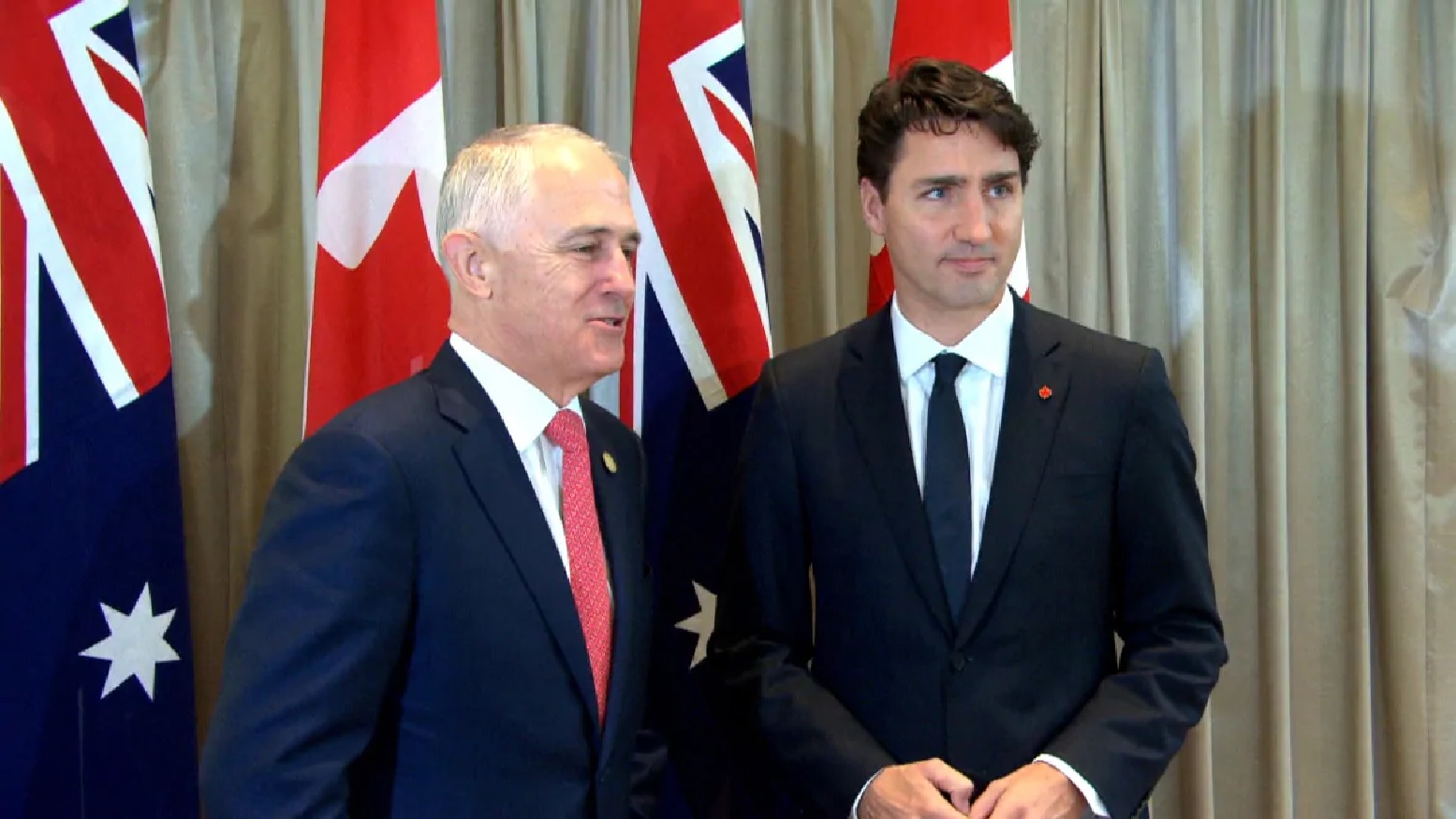Mass Murder in a Quiet Seaside Town
"There was a witness that saw a vehicle that was travelling through a field, which was not very common."
"The gunman was a collector of many things, including police memorabilia. He was in possession of multiple pieces of police uniforms from a variety of agencies."
"How he obtained the decals and how they were produced [for his look-alike police vehicle] is an investigation detail that I can't get into."
"He didn't hide that fact that he had cars or memorabilia -- from people that knew him."
"It appeared as if he was just targeting individuals that either he knew or individuals [at random] for whatever reason."
RCMP Superintendent Darren Campbell
 |
| A number of the 22 people murdered in Nova Scotia by a psychotic local denturist. |
Police received frantic 911 calls from the small seaside town of Portapique in northern Nova Scotia on April 18 just after 10 p.m. By 10:26 police were on the scene. On their way they came across a severely wounded man driving his truck on the only road out of the town of 100 residents, on his way to the nearest hospital for treatment. As they continued on after speaking to the man they were to find thirteen people dead, inside houses the killer afterward set on fire, and outside on the street. Pets belonging to those shot to death were also killed.
Portapique Beach Road represents the sole access to the main highway leading to Truro, about 90 kilometers distant. And since there was only one road, the RCMP felt confident they would find and arrest the murderer before he could escape. Only as it happened they failed to. Later, they were to learn that a resident of the town had happened to see the gunman rushing away from the area nine minutes after the police had arrived. And that someone had seen the vehicle driving through a field to evade detection, and finally reach the main highway.
 |
'The gunman had ... left the Portapique area through a field'
|
In the end, the killer, Gabriel Wortman -- who over a period of roughly thirteen hours shot 22 people to death -- drove east from Portapique to Debert, Nova Scotia, arriving there at 11:12 p.m. There, he spent the night in his vehicle, parked in an industrial park. When he headed out on his killing spree he was wearing a genuine Mountie uniform, and driving a replica police car, one of four he had bought at auction over the years. The one he was driving was fitted out with an emergency light bar and decals.
In that space of thirteen hours after the first killing spree that left 13 people -- friends, neighbours, acquaintances -- dead in Portapique, the 51-year-old gunman stopped cars on the highway with the authority of his uniform and vehicle randomly selecting and killing absolute strangers, while he drove on to specific addresses of people he knew and had a grudge against, with the intention of killing them, too. He succeeded to the extent that he took 22 lives altogether. In the process severely injuring one RCMP officer and killing a second.
 |
| RCMP investigators search for evidence at the location where Const. Heidi Stevenson was killed along the highway in Shubenacadie, N.S. (Andrew Vaughan/The Canadian Press) |
In their many interviews with witnesses and those who had known the man, relatives of Wortman wo had retired from the RCMP were also interviewed, but could add nothing to the mystery of why a man well known in the community, with a thriving business in Halifax, would suddenly begin a killing rampage. Before he set out to murder and maim, set fire to buildings and vehicles, he had engaged in a violent confrontation with his long-time girlfriend, assaulted her, bound her in their house, before leaving.
She managed to escape to a nearby forest, injured and fearful, where she spent the night before emerging to alert police that her common-law partner was wearing a uniform and driving a police vehicle. "The word catalyst was used to express that that was the first victim in a series of very horrific events", stated Superintendent Campbell. "I want to be very clear that violence against women is intolerable. It's real. It exists. I don't want to be misunderstood, that the victim had any blame in relation to what occurred on those awful days."
Altogether, police identified 435 witnesses, and interviewed half of them, thus far in the ongoing investigation. Twenty legal applications have been processed, many among them for search warrants. Remains of eight of the victims were recovered from burned structures and vehicles. As far as investigators are concerned the motive for the horrendous slaughter is as yet unknown, and may never quite come to light.
 |
| A virtual vigil was held on Friday to mourn the 22 people killed during one of the deadliest mass killings in Canadian history. (Andrew Vaughan/The Canadian Press) |
Labels: Mass Murder, Nova Scotia, Portapique, RCMP








/https://www.thestar.com/content/dam/thestar/news/canada/2020/04/12/quebec-coroners-office-launches-investigation-into-montreal-long-term-care-home-where-31-seniors-have-died-since-march-13/herron.jpg)






/arc-anglerfish-tgam-prod-tgam.s3.amazonaws.com/public/YBT5YF7A7JPCJORJBFMYPTBJG4.JPG)










